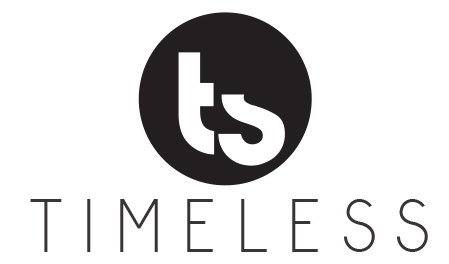If you’re just starting to save for retirement, you’re not alone. According to a recent study, a third of all Americans have nothing saved for retirement. An additional 22 percent have less than $10,000.1
Fortunately, you can get back on track and overcome your savings gap by taking quick action. There are plenty of tips and tricks on how to overcome a savings shortfall. You can make cuts to your budget so you can save more. You can delay your retirement. You could even work part time after you retire.
However, a solid retirement strategy is usually built on a foundation of good habits. Retirement is a significant financial goal. It takes decades of disciplined effort to reach your objectives. Below are three good habits that are at the core of any retirement plan. Master these habits, and you’ll greatly improve your chances of funding a comfortable and enjoyable retirement.
Pay Yourself First.
Saving is an important part of any retirement strategy. The most important contribution you may ever make, however, may be to pay yourself first. Your ability to earn income may be your most valuable asset. The more you can increase your income, the more money you may have to save for retirement.
Look for ways you can contribute to yourself and possibly increase your earning potential. Could you advance your education and put yourself in line for a promotion or raise? If you’re self-employed, could you learn new skills that would increase your earning ability? Should you consider a career change?
Your earnings are the fuel that drives your savings plan. If you can increase your earnings and savings, you can greatly increase your odds of hitting your retirement goal.
Become a disciplined saver.
Perhaps the most important habit when it comes to retirement strategy is disciplined saving. The most successful savers start putting money away early and save on a regular basis. You can’t go back in time and make up for lost years of saving, but you can change your savings habits today.
Put your savings on autopilot by setting up automatic contributions to your 401(k) and IRA. By making the contributions automatic, you take choice out of the equation and minimize the risk that you’ll use the money for something other than savings. Once you get used to the automatic contributions, you may not even notice the hit to your budget.
Regularly review your strategy.
Life changes, and when it does, it’s important to review your financial strategy. Remember that you’ll likely be saving for retirement over several decades. Your goals, needs and risk tolerance won’t stay constant over that time, so you’ll need to make changes to your strategy.
For example, it’s possible that you may become more conservative over time, and you may want to consider tools that can protect you from downside risk, such as annuities. Or you could be forced into early retirement and may need to adjust your plans. A regular review with a financial professional can help you identify new risks and make the appropriate adjustments.
Ready to build your retirement strategy? Let’s talk about it. Contact us today at Timeless Solutions. We can help you analyze your needs and implement a plan. Let’s connect soon and start the conversation.
1http://time.com/money/4258451/retirement-savings-survey/
Licensed Insurance Professional. This information is designed to provide a general overview with regard to the subject matter covered and is not state specific. The authors, publisher and host are not providing legal, accounting or specific advice for your situation. By providing your information, you give consent to be contacted about the possible sale of an insurance or annuity product. This information has been provided by a Licensed Insurance Professional and does not necessarily represent the views of the presenting insurance professional. The statements and opinions expressed are those of the author and are subject to change at any time. All information is believed to be from reliable sources; however, presenting insurance professional makes no representation as to its completeness or accuracy. This material has been prepared for informational and educational purposes only. It is not intended to provide, and should not be relied upon for, accounting, legal, tax or investment advice. This information has been provided by a Licensed Insurance Professional and is not sponsored or endorsed by the Social Security Administration or any government agency.
17845 – 2018/7/30

